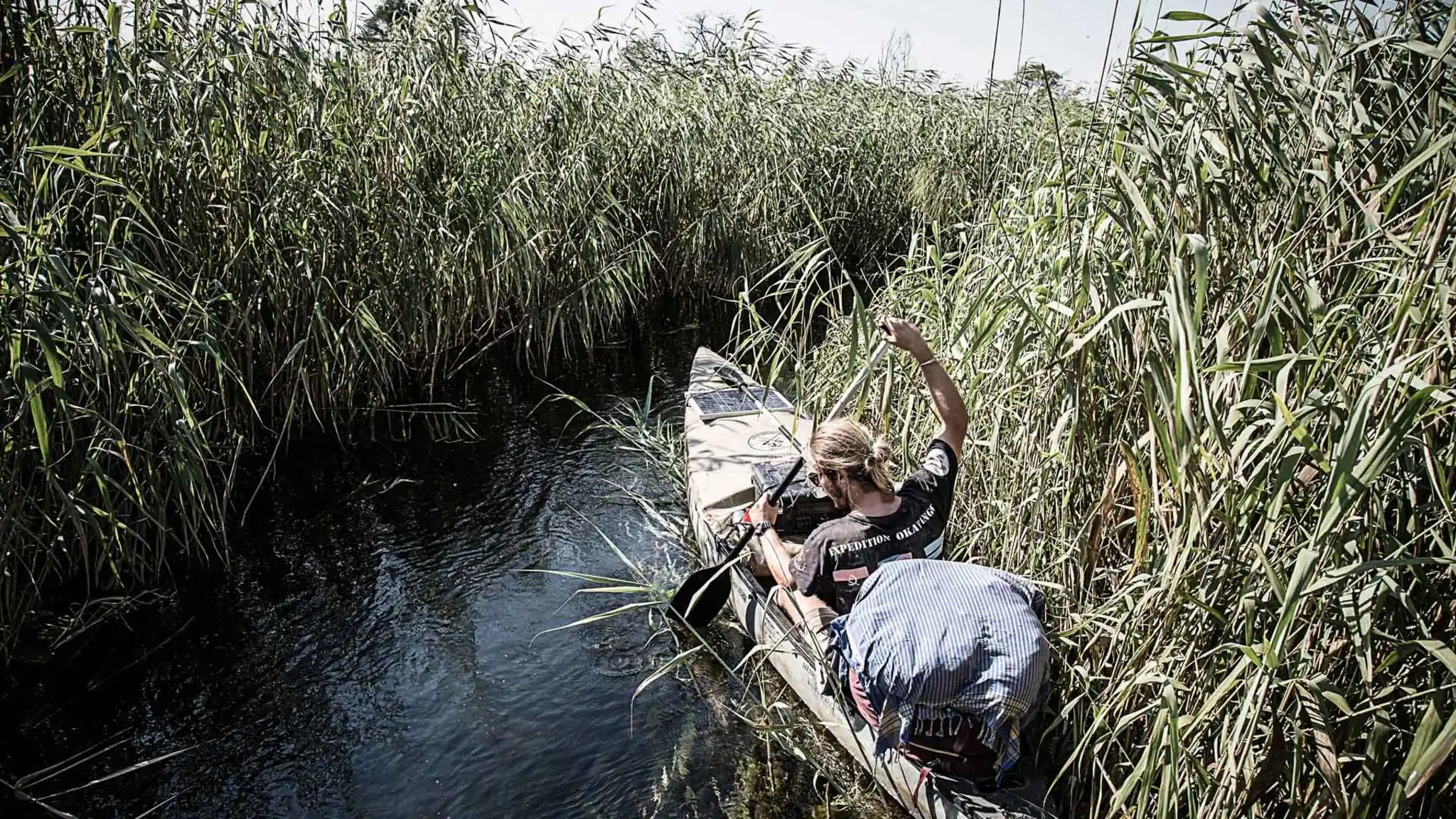Reserves & Concessions
Duba Plains Reserve
This is one of the most remote areas of the Okavango Delta, covering approximately 350 kilometres, just north of Mombo. Surrounded by seasonally flooded plains, the reserve is rich in wildlife and is famous for its 75-strong prides of lions and huge herds of buffalo, who are drawn to the luscious savannah plains. The diurnal hunting of the lions and buffalo produce some of the delta’s most spine-tingling wildlife interactions, making the compact Duba Plains camp one of the most popular.
Vumbura
The Vumbura region is situated just north of Moremi Game Reserve and is comprised of floodplains or ‘melapo’ with clusters of palm and tree-lined islands and areas of forest, within a private concession that contains Vurumba Plains Camp. The uniqueness of this area is thanks to its extreme northern position, which offers a wide variety of habitats in which the majority of animals within the Okavango biome can be found, including a mix of prey and predatory animals - unusual for the Okavango - across its 130,000 acres.
Jao Flats
Below the panhandle in the north-western area of the Okavango, the Jao Flats contain tracts of permanent and seasonally flooded wetlands to the east that are quintessential Botswana and progressively drier landscapes heading west, of which the sandveld of Hunda Island is the most arid. Sitatunga antelope and red lechwe are common amongst the eastern floodplains between April and September, with lion sometimes in hot pursuit. Birdlife is prolific, with rare Pel’s fishing owls, kingfishers, slaty egrets, wattled cranes and pelicans found here. The luxurious Jao Camp is set on a remote island in the heart of this concession.
Abu Concession
In the southwest of the Okavango, this 400-acre concession is somewhat drier than others in the delta. However the northern sections receive more rainfall between May and September, thereby offering a range of land and water based safaris. Elephant-back safaris are highly popular here and can easily approach the herds of giraffe, zebra, buffalo and antelope to offer some close wild encounters on the plains, thanks to the resident elephant herd at the luxurious Afro-Bedouin tented Abu Camp.
Shinde Concession
This north-eastern concession enjoys a wide range of habitats, from flooded plains to open savannah and mopane woodland, which allows for an exciting combination of mokoro excursions, game drives and night drives. The highest concentration of game is enjoyed between June and September when the animals are drawn to the floodwaters, but year-round water means it is possible to visit at any time, and the rarely spotted sitatunga antelope is also often seen here. Fly fishing trips are possible between May and November, and all activities can be organised from Shinde Camp positioned on the edge of the Shinde Lagoon.
Kwara Concession
At the northern edge of Moremi Game Reserve, this concession is renowned for its high quality guiding and panoply of wildlife in its mixture of permanent water channels, floodplains and mopane woodland. Leopard, lion, hyena, cheetah, wild dog, rare sable antelope, elephant and buffalo are amongst those found in Kwara. The nearby Godikwe Lagoon is one of Botswana’s largest breeding and nesting ground for birds and can be viewed from double-decker boats between September and December. Kwando Kwara Camp and Little Kwara Camp both offer excellent accommodation and a diverse range of water and land-based activities.
Gunns Concession
This is one of the original areas to offer mokoro trips and was popular throughout the 1990’s, now thought of as a ‘vintage’ safari area. In the south-east of the Okavango, this concession is dominated by the deep Boro River, with its network of channels, floodplains and lagoons, creating a scenic landscape that begs exploration. Explored by water, you may see crocodiles, hippos and elephants, whereas on land kudu, zebra, elephant, giraffe, impala, buffalo and warthog all roam the savannah.
Stanley's Concession
Bordering Moremi Game Reserve at the southern tip of Chief’s Island, Stanley’s Concession is located just outside of Maun, making it easily accessible but perhaps less wild than other areas. At the southern end of the delta, it is one of the last areas reached by the floods, but late floods around September and October can be good for game viewing. Renowned for its large herds of buffalo, through game drives and mokoro elephant, giraffe, hippo, lion, leopard, cheetah and the rare and elusive wild dogs are seen amongst the riverine forest and floodplains. A true bush camp, the compact Stanley’s Camp nestles amidst ebony and sausage trees.




